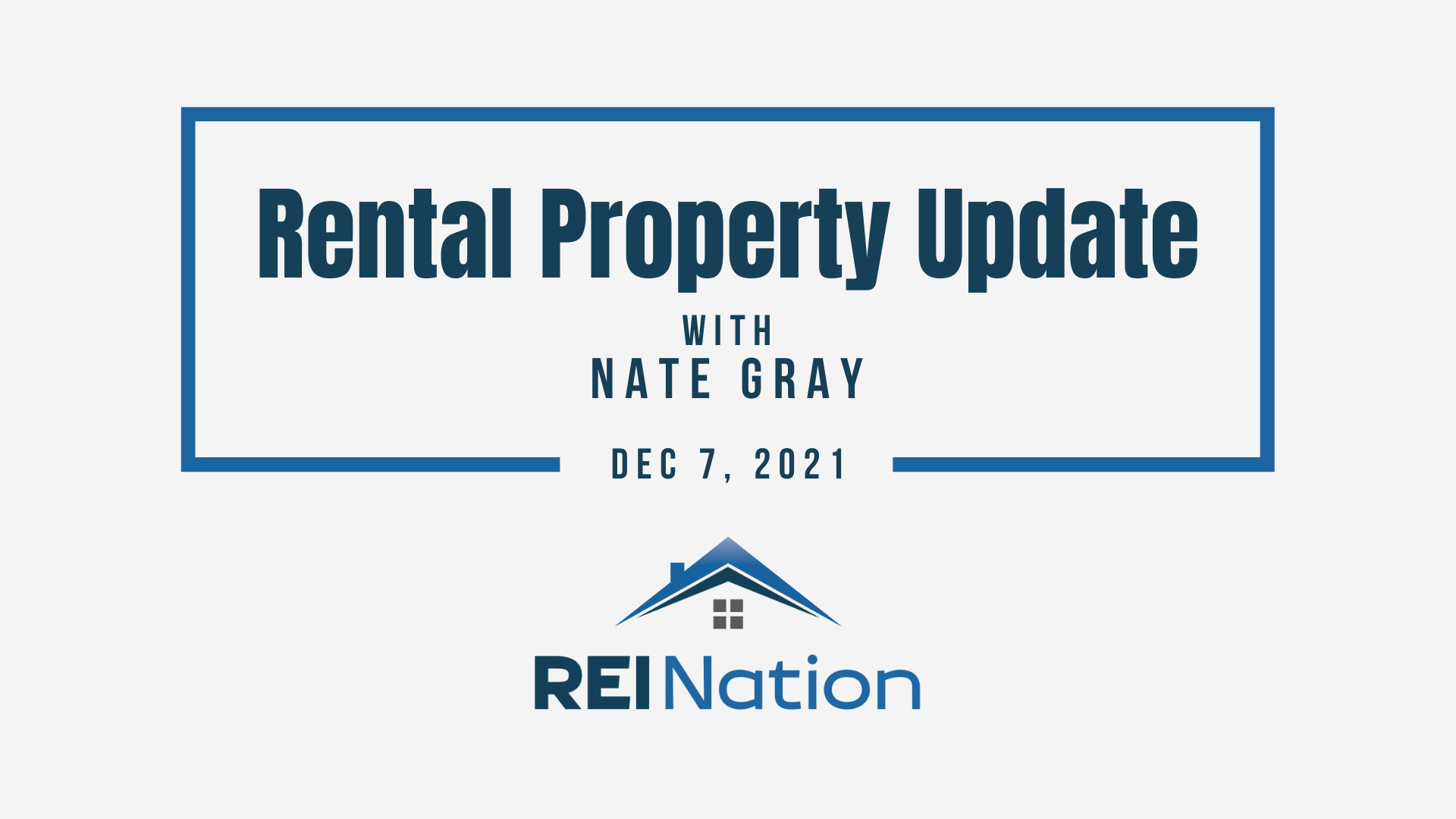
Every real estate investor is actively or acutely aware of their market conditions, be it in their specific investment markets or in the United States as a whole.
While certain investment strategies hinge less on market conditions to be effective, knowing where the market has been and where it’s headed are pieces of the strategic puzzle.
Since the COVID-19 real estate market took off, there’s been frequent talk of an impending market crash. After all, we can only fly so high for so long. Right?
A real estate market crash is not the only answer to the equation. What we’re much more likely to see is a slowing down or cooling off. Already, this has happened to some degree or another in many markets across the country.
But what exactly happens when the real estate market slows down – and what should investors do about it?
5 Consequences of a Cooling Real Estate Market
Competition Decreases
When the market cools down, buyers can breathe a bit easier. Competition levels off either because supply has increased or demand has decreased. Either way, buyers will have more time to choose a property without worrying about the pressures of a budding bidding war. Months’ worth of inventory will increase, as will days on the market, which allows potential buyers to move forward without waiving necessary contingencies.
For investors, this means more time to perform due diligence.
Prices Level Off
A slowing market eases the breakneck pace of home price growth. A slow down or cooling rarely results in prices dropping (that is more indicative of a crash), but they do level off. Because competition and demand ease, sellers will find themselves unable to ask for the same premiums they did at the height of the market frenzy.
On the other side, buyers can’t expect the same rapid appreciation we’ve seen in the past two years. The rate of appreciation will likely dip back down under double digits and to a more normalized rate.
Inventory Catches Up
Inventory has been the sticking point of today’s market. A lack of inventory due to both sluggish building activity and seller apprehension has been fuel for the market’s fire. As the market slows and fewer households look to relocate for pandemic-related reasons, inventory will balance back out. This increase in inventory will, in turn, help prices level off.
Demand isn’t the only factor in prices, however. Disruptions in the global supply chain mean building materials are more costly – and as a result, so is building new inventory. This is why there will likely continue to be a distinct shortage of entry-level homes. Wages have not kept pace to allow many first-time homebuyers to afford pricier new inventory.
Foreclosures Increase
Not only did buyers rush to buy in expensive market conditions, but they did so in the middle of a recession. As a result, we’re going to see an increase of households that are unable to keep up with their mortgage payments because they over-extended their resources. While this is less likely to impact mid and high-end homebuyers, it will impact the lower end. These are the homeowners more vulnerable to changing economic conditions, including job loss and general economic instability.
Investor Activity Increases
Naturally, a cooling market opens up more opportunities for real estate investors. Just as the Great Recession saw an influx of investors (who largely revived the faltering market at the time), we’ll see one in the modern market, too. While we’re unlikely to see the same scale of foreclosures, deals, and investor activity, investors will ultimately prop the market up as we move into the next stage of the real estate cycle.
Key Takeaways for Today’s Market
- Prices are not likely to drop. Although the market is expected to cool, don’t count on serious deals or price drops. Your current valuations are likely safe, though appreciation rates will slow. Demand isn’t gone – in fact, we’re still expecting a seller’s market. Just a more balanced and reasonable one.
- Foreclosures will not be significant. Don’t expect Great Recession-level foreclosures. While there will be foreclosures, they’re not going to make up the majority of the market. Still, an increase will help with inventory issues.
- Rentals continue to reign. Rentals will persist in popularity even if the market cools down. Because entry-level housing is still costly and prices are unlikely to truly drop, renting is still the most viable option for a significant portion of U.S. households. In addition, investors will largely be the ones targeting foreclosures, which will then be converted into single-family rentals.
Be a successful passive real estate investor regardless of market conditions – join REI Nation!












